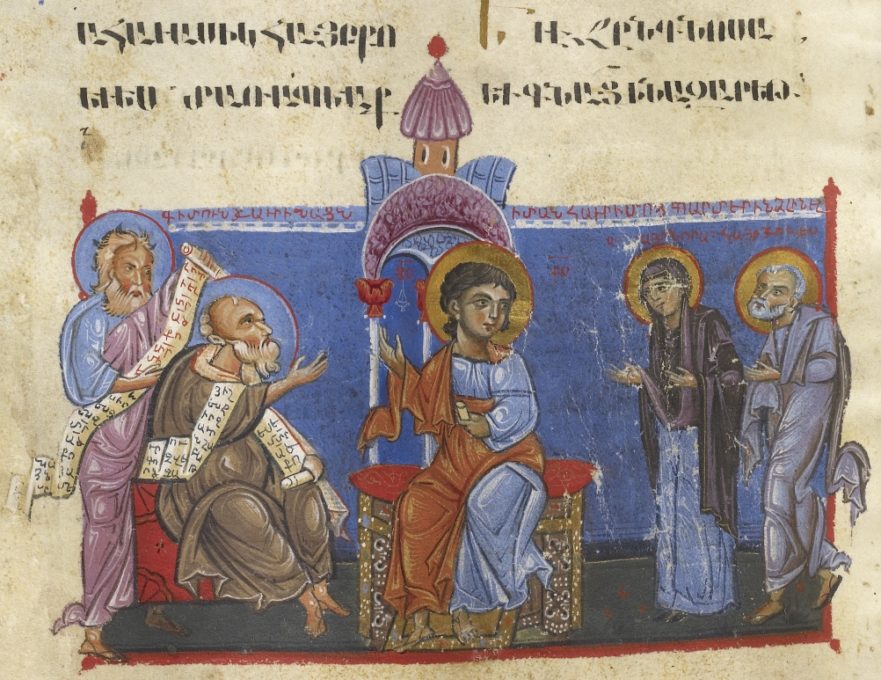This essay probes a number of Matthean and Lukan contributions to the shared Synoptic narrative, in search of possible reflections of contemporaneous Jewish customs and beliefs with broader circulation.
The Desert: Waiting for God
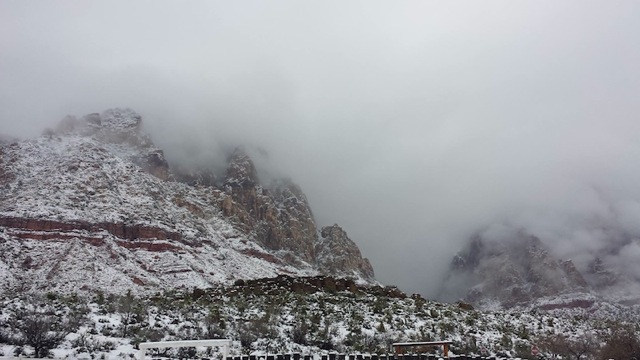
The desert is about feeling frustrated and helpless, realizing we can do nothing on our own. It’s about total surrender of our will to God.
Herod’s Tomb, Ehud Netzer and a Case of Mistaken Identity
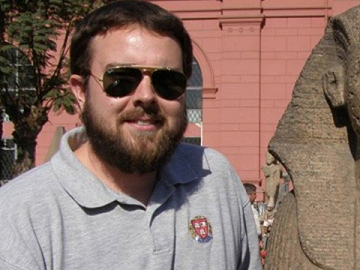
The Herodium is a great place to bring people who are exploring the Holy Land for the first time. I always felt that the site spoke eloquently to visitors of both the brilliance and madness of Herod the Great.
The Place of Women in First-century Synagogues
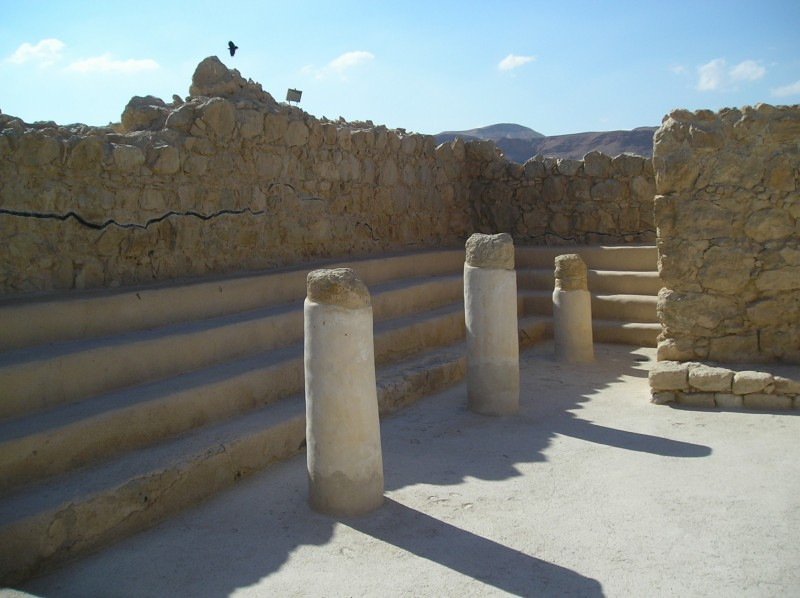
Today, public worship can take place in a synagogue only if at least ten adult Jewish males are present. Women do not qualify as part of this quorum. Furthermore, women are separated from men within the synagogue: women worship in an ezrat nashim, a balcony, or section with a divider, located beside or behind the men’s section. Things were considerably different in Jesus’ day.
Hebrew Nuggets, Lesson 12: menorah (Part 1)
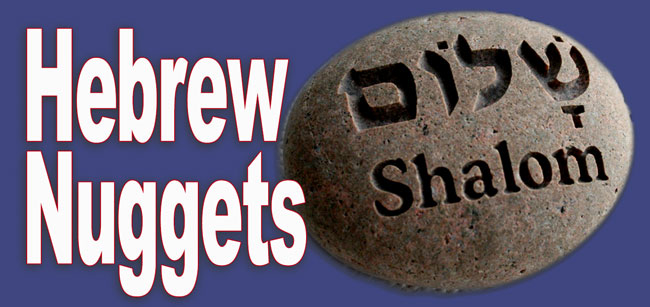
Menorah is one of the many Hebrew words that have entered the English language.

